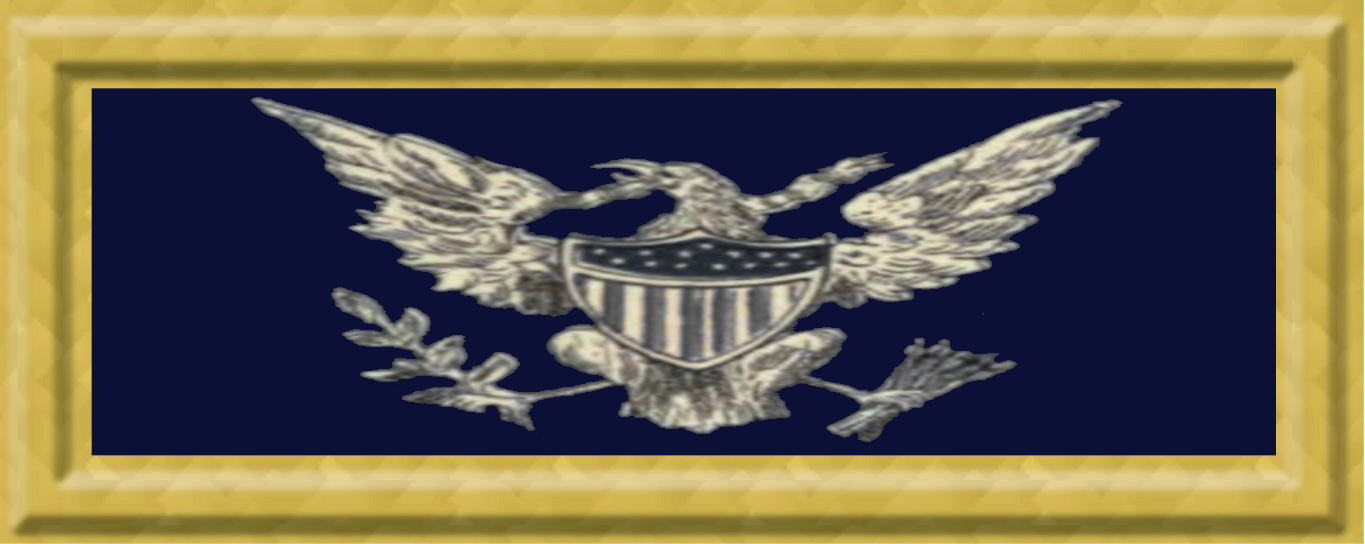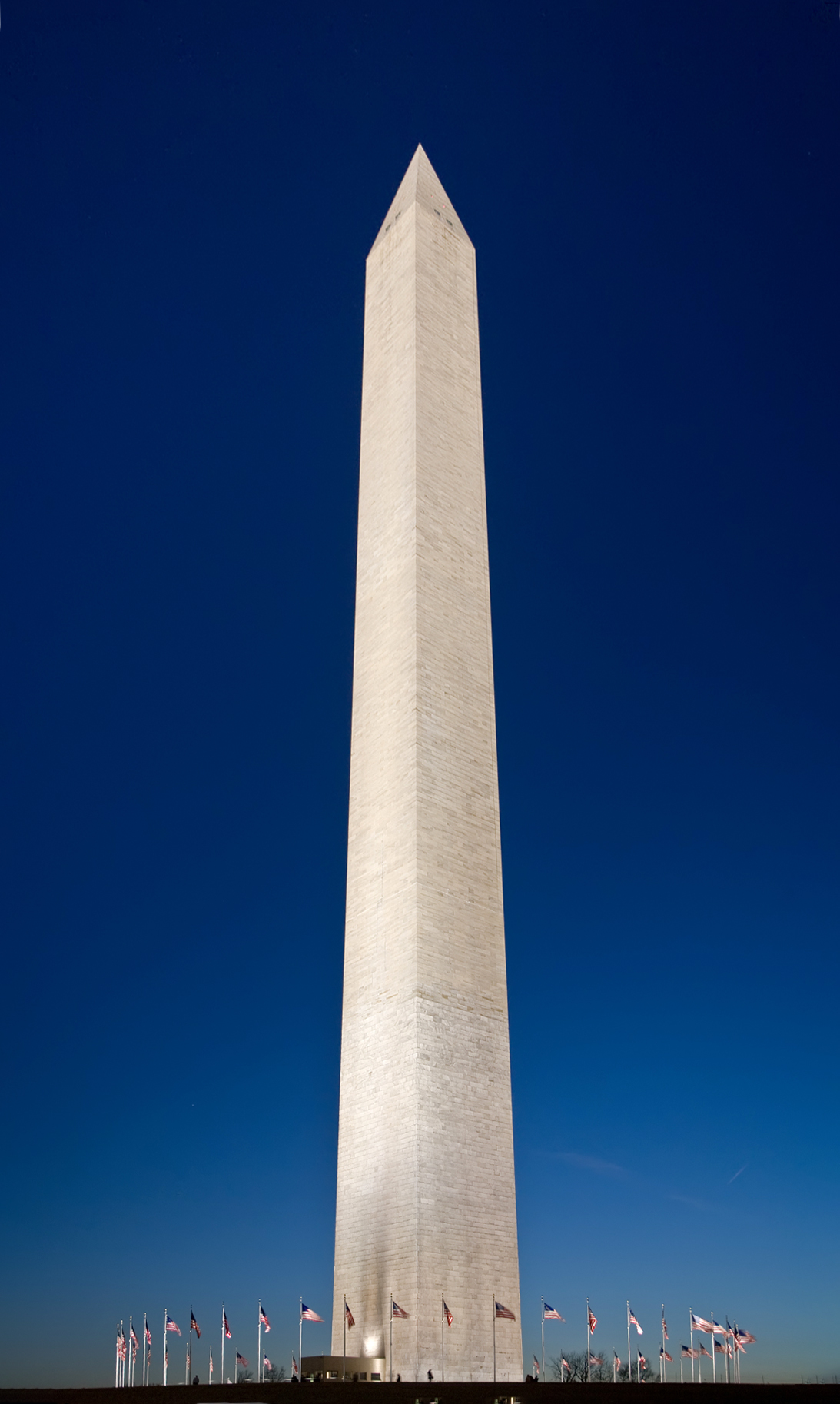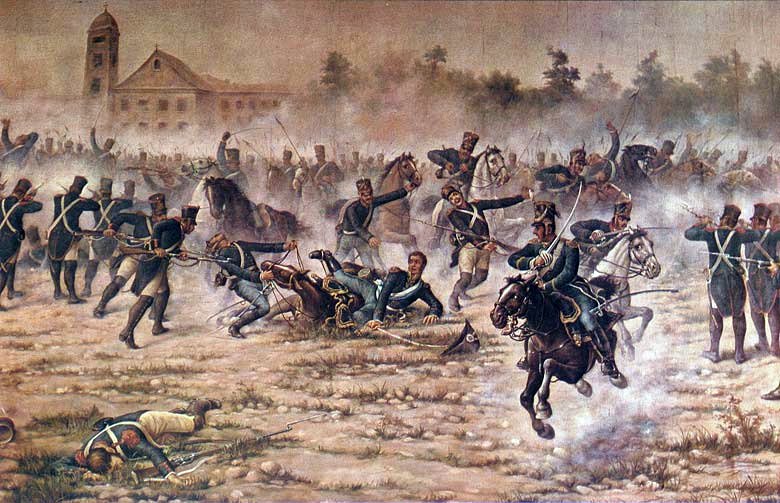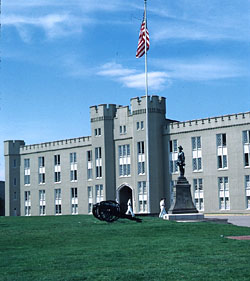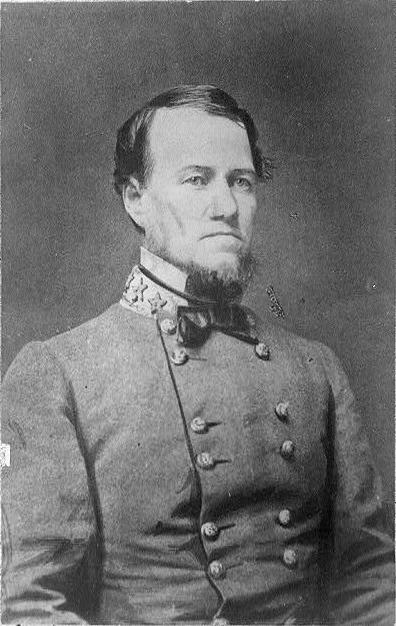|
James B. Walton
James Burdge Walton (1813–85) served for two decades in the famed New Orleans militia unit the Washington Artillery. He was most prominent in the Confederate service in the American Civil War as commander of the Washington Artillery out of New Orleans and as Inspector-General of Field Artillery of the Confederate States, the highest position an artillery officer could achieve. Early life Born in New Jersey, Walton attended college in Louisiana and owned a New Orleans grocery store. Military service Mexican American War Walton joined the Washington Artillery as an adjutant when the unit was formed in 1839. In the Mexican War, Walton commanded the 1st Louisiana Artillery as a Major and by 1857 he was Colonel Commanding of the battalion.Antietam on the Web Civil War At the outbreak of the Civil War, Walton ...[...More Info...] [...Related Items...] OR: [Wikipedia] [Google] [Baidu] |
New Jersey
New Jersey is a U.S. state, state in the Mid-Atlantic States, Mid-Atlantic and Northeastern United States, Northeastern regions of the United States. It is bordered on the north and east by the state of New York (state), New York; on the east, southeast, and south by the Atlantic Ocean; on the west by the Delaware River and Pennsylvania; and on the southwest by Delaware Bay and the state of Delaware. At , New Jersey is the List of U.S. states and territories by area, fifth-smallest state in land area; but with close to 9.3 million residents, it ranks List of U.S. states and territories by population, 11th in population and List of U.S. states and territories by population density, first in population density. The state capital is Trenton, New Jersey, Trenton, and the most populous city is Newark, New Jersey, Newark. With the exception of Warren County, New Jersey, Warren County, all of the state's 21 counties lie within the combined statistical areas of New York City or Delaw ... [...More Info...] [...Related Items...] OR: [Wikipedia] [Google] [Baidu] |
1885 Deaths
Events January–March * January 3– 4 – Sino-French War – Battle of Núi Bop: French troops under General Oscar de Négrier defeat a numerically superior Qing Chinese force, in northern Vietnam. * January 4 – The first successful appendectomy is performed by Dr. William W. Grant, on Mary Gartside. * January 17 – Mahdist War in Sudan – Battle of Abu Klea: British troops defeat Mahdist forces. * January 20 – American inventor LaMarcus Adna Thompson patents a roller coaster. * January 24 – Irish rebels damage Westminster Hall and the Tower of London with dynamite. * January 26 – Mahdist War in Sudan: Troops loyal to Mahdi Muhammad Ahmad conquer Khartoum; British commander Charles George Gordon is killed. * February 5 – King Leopold II of Belgium establishes the Congo Free State, as a personal possession. * February 9 – The first Japanese arrive in Hawaii. * February 16 – Charles Dow publish ... [...More Info...] [...Related Items...] OR: [Wikipedia] [Google] [Baidu] |
1813 Births
Events January–March * January 18–January 23 – War of 1812: The Battle of Frenchtown is fought in modern-day Monroe, Michigan between the United States and a British and Native American alliance. * January 24 – The Philharmonic Society (later the Royal Philharmonic Society) is founded in London. * January 28 – Jane Austen's ''Pride and Prejudice'' is published anonymously in London. * January 31 – The Assembly of the Year XIII is inaugurated in Buenos Aires. * February – War of 1812 in North America: General William Henry Harrison sends out an expedition to burn the British vessels at Fort Malden by going across Lake Erie via the Bass Islands in sleighs, but the ice is not hard enough, and the expedition returns. * February 3 – Argentine War of Independence: José de San Martín and his Regiment of Mounted Grenadiers gain a largely symbolic victory against a Spanish royalist army in the Battle of San Lorenzo. * Febru ... [...More Info...] [...Related Items...] OR: [Wikipedia] [Google] [Baidu] |
Virginia Military Institute
la, Consilio et Animis (on seal) , mottoeng = "In peace a glorious asset, In war a tower of strength""By courage and wisdom" (on seal) , established = , type = Public senior military college , accreditation = SACS , endowment = $696.8 million (2021) , superintendent = Cedric T. Wins , faculty = 143 full-time and 55 part-time (Fall 2019) , students = 1,685 , city = Lexington , state = Virginia , country = United States , pushpin_map = Shenandoah Valley#USA Virginia#USA , pushpin_map_caption = Location in Shenandoah Valley##Location in Virginia##Location in United States , coordinates = , campus = Distant Town , campus_size= , colors = Red, Yellow, & White , nickname = Keydets , mascot = Moe the Kangaroo , sporting_affiliations = , website = , logo = Virginia Military Institute full logo.png , logo_size = 150 , free_label=Newspaper , free='' The Cadet'' Virginia Military Institute (VMI) is a public senior military college in Lexington, Virginia. It ... [...More Info...] [...Related Items...] OR: [Wikipedia] [Google] [Baidu] |
Georgia (United States)
Georgia is a state in the Southeastern region of the United States, bordered to the north by Tennessee and North Carolina; to the northeast by South Carolina; to the southeast by the Atlantic Ocean; to the south by Florida; and to the west by Alabama. Georgia is the 24th-largest state in area and 8th most populous of the 50 United States. Its 2020 population was 10,711,908, according to the U.S. Census Bureau. Atlanta, a " beta(+)" global city, is both the state's capital and its largest city. The Atlanta metropolitan area, with a population of more than 6 million people in 2020, is the 9th most populous metropolitan area in the United States and contains about 57% of Georgia's entire population. Founded in 1732 as the Province of Georgia and first settled in 1733, Georgia became a British royal colony in 1752. It was the last and southernmost of the original Thirteen Colonies to be established. Named after King George II of Great Britain, the Georgia Colony c ... [...More Info...] [...Related Items...] OR: [Wikipedia] [Google] [Baidu] |
Pickett's Charge
Pickett's Charge (July 3, 1863), also known as the Pickett–Pettigrew–Trimble Charge, was an infantry assault ordered by Confederate General Robert E. Lee against Major General George G. Meade's Union positions on the last day of the Battle of Gettysburg in the commonwealth of Pennsylvania during the Civil War. Confederate troops made a frontal assault towards the center of Union lines, ultimately being repulsed with heavy casualties. Suffering from a lack of preparation and problems from the onset, the attack was a costly mistake that decisively ended Lee's invasion of the north and forced a retreat back to Virginia. The charge is popularly named after Major General George Pickett, one of three Confederate generals (all under the command of Lieutenant General James Longstreet) who led the assault. Pickett's Charge was part of Lee's "general plan" to take Cemetery Hill and the network of roads it commanded. His military secretary, Armistead Lindsay Long, described L ... [...More Info...] [...Related Items...] OR: [Wikipedia] [Google] [Baidu] |
Edward Porter Alexander
Edward Porter Alexander (May 26, 1835 – April 28, 1910) was an American military engineer, railroad executive, planter, and author. He served first as an officer in the United States Army and later, during the American Civil War (1861–1865), in the Confederate Army, rising to the rank of brigadier general. Alexander was the officer in charge of the massive artillery bombardment preceding Pickett's Charge, on the third day of the Battle of Gettysburg, and is also noted for his early use of signals and observation balloons during combat. After the Civil War, he taught mathematics at the University of South Carolina in Columbia, spent time in Nicaragua, and wrote extensive memoirs and analyses of the war, which have received much praise for their insight and objectivity. His ''Military Memoirs of a Confederate'' were published in 1907. An extensive personal account of his military training and his participation in the Civil War was rediscovered long after his death and publi ... [...More Info...] [...Related Items...] OR: [Wikipedia] [Google] [Baidu] |
Battle Of Gettysburg
The Battle of Gettysburg () was fought July 1–3, 1863, in and around the town of Gettysburg, Pennsylvania, by Union and Confederate forces during the American Civil War. In the battle, Union Major General George Meade's Army of the Potomac defeated attacks by Confederate General Robert E. Lee's Army of Northern Virginia, halting Lee's invasion of the North. The battle involved the largest number of casualties of the entire war and is often described as the war's turning point due to the Union's decisive victory and concurrence with the Siege of Vicksburg.Rawley, p. 147; Sauers, p. 827; Gallagher, ''Lee and His Army'', p. 83; McPherson, p. 665; Eicher, p. 550. Gallagher and McPherson cite the combination of Gettysburg and Vicksburg as the turning point. Eicher uses the arguably related expression, " High-water mark of the Confederacy". After his success at Chancellorsville in Virginia in May 1863, Lee led his army through the Shenandoah Valley to begin his se ... [...More Info...] [...Related Items...] OR: [Wikipedia] [Google] [Baidu] |
Army Of Northern Virginia
The Army of Northern Virginia was the primary military force of the Confederate States of America in the Eastern Theater of the American Civil War. It was also the primary command structure of the Department of Northern Virginia. It was most often arrayed against the Union Army of the Potomac. Origin The name ''Army of Northern Virginia'' referred to its primary area of operation, as did most Confederate States Army names. The Army originated as the Army of the Potomac, which was organized on June 20, 1861, from all operational forces in northern Virginia. On July 20 and July 21, the Army of the Shenandoah and forces from the District of Harpers Ferry were added. Units from the Army of the Northwest were merged into the Army of the Potomac between March 14 and May 17, 1862. The Army of the Potomac was renamed ''Army of Northern Virginia'' on March 14. The Army of the Peninsula was merged into it on April 12, 1862.Eicher, pp. 889–90. Robert E. Lee's biographer, Dougl ... [...More Info...] [...Related Items...] OR: [Wikipedia] [Google] [Baidu] |
Battle Of Chancellorsville
The Battle of Chancellorsville, April 30 – May 6, 1863, was a major battle of the American Civil War (1861–1865), and the principal engagement of the Chancellorsville campaign. Chancellorsville is known as Lee's "perfect battle" because his risky decision to divide his army in the presence of a much larger enemy force resulted in a significant Confederate victory. The victory, a product of Lee's audacity and Hooker's timid decision-making, was tempered by heavy casualties, including Lt. Gen. Thomas J. "Stonewall" Jackson. Jackson was hit by friendly fire, requiring his left arm to be amputated. He died of pneumonia eight days later, a loss that Lee likened to losing his right arm. The two armies faced off against each other at Fredericksburg during the winter of 1862–1863. The Chancellorsville campaign began when Hooker secretly moved the bulk of his army up the left bank of the Rappahannock River, then crossed it on the morning of April 27, 1863. Union cavalry under ... [...More Info...] [...Related Items...] OR: [Wikipedia] [Google] [Baidu] |
Battle Of Fredericksburg
The Battle of Fredericksburg was fought December 11–15, 1862, in and around Fredericksburg, Virginia, in the Eastern Theater of the American Civil War. The combat, between the Union Army of the Potomac commanded by Maj. Gen. Ambrose Burnside and the Confederate Army of Northern Virginia under Gen. Robert E. Lee, included futile frontal attacks by the Union army on December 13 against entrenched Confederate defenders along the Sunken Wall on the heights behind the city. It is remembered as one of the most one-sided battles of the war, with Union casualties more than twice as heavy as those suffered by the Confederates. A visitor to the battlefield described the battle as a "butchery" to U.S. President Abraham Lincoln. Burnside's plan was to cross the Rappahannock River at Fredericksburg in mid-November and race to the Confederate capital of Richmond before Lee's army could stop him. Bureaucratic delays prevented Burnside from receiving the necessary pontoon bridges ... [...More Info...] [...Related Items...] OR: [Wikipedia] [Google] [Baidu] |
